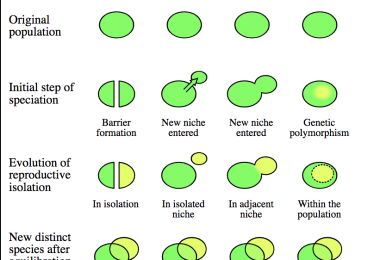
This is something I've been pondering on for a while.... would species that have been introduced into another country ever change their habits / develop a different bill shape / change their song (or whatever) over time to more suit the surroundings that they find themselves living in?
And if they did, would they then become a 'named' subspecies in their own right? Or even species, I suppose.
And if they did, would they then become a 'named' subspecies in their own right? Or even species, I suppose.








